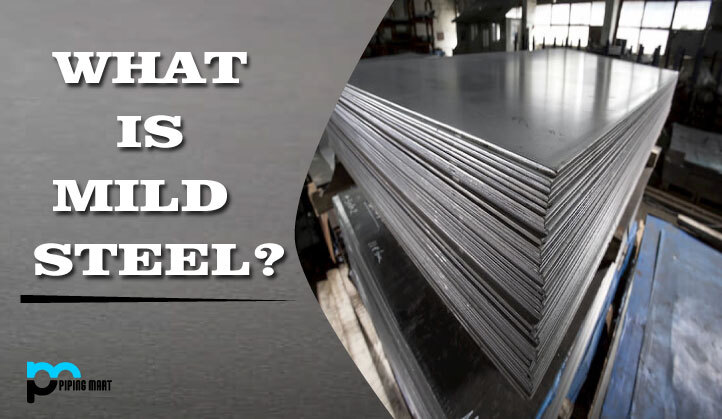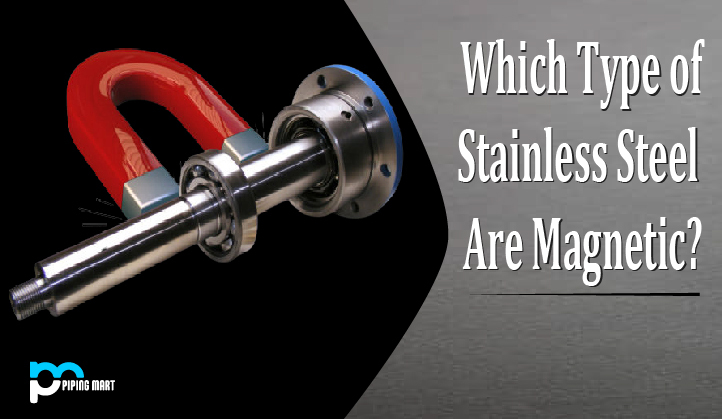Mild Steel is also known as “Low carbon steel” or “Plain carbon steel” as the carbon content in it is comparatively lower than the other products. The volume of carbon present in mild steel is usually 0.05 percent to 0.25 percent by quantity, whereas higher carbon steels are typically defined as having a carbon content of 0.30 percent to 2.0 percent, depending on the source. The steel would then be categorized as cast iron if any more carbon was applied.
Mild Steel is basically the metal iron-containing carbon in a small percentage, it is strong and tough but not readily tempered. Mild steel isn’t alloy steel, so it doesn’t have a lot of other components in it except iron. Due to its low carbon and alloying material content, it has a range of characteristics that set it apart from higher carbon and alloy steels. Low-carbon steels consume less carbon and are easy to cold-form, making them easier to work with. Low carbon steel is widely used in automotive parts, tubing, building, and food cans.
Consisting of less carbon content it gives the mild steel characteristics such as ductility, machinability, weldability than high carbon and other steels. It does, however, mean that hardening and stabilization by heating and quenching are virtually unattainable. Because of the low carbon content, there aren’t any carbon and other alloying components to block dislocations in the crystal structure, resulting in lower tensile strength than heavy carbon and alloy steels. Mild steel is magnetic due to its high iron and ferrite content.
Since mild steel lacks alloying elements like those used in stainless steel, the iron in it is susceptible to oxidation (rust) if not properly coated. However, the small number of alloying elements in mild steel makes it comparatively cheap as particularly in comparison to other steels. It’s because of its affordability, weldability, and machinability that it’s such common consumer steel.
Mild steel is manufactured in the same manner as other carbon steel. The use of a mixture of iron ore and coal is a popular method. In a blast furnace, coal and iron ore are mined from the soil and mixed together. When melted, the liquid is shifted to another furnace to destroy off any residual impurities and make further chemical composition improvements to the mild steel. The steel is then prepared to cool and solidify into a rectangular shape. Hot rolling or cold drawing is the most common technique for reducing the size of this mild steel slab to the desired level, but other methods may also be used.
It is also the cheapest type of steel, which, when combined with its utility, makes it the most commonly used steel. Materials that can be quickly joined and can withstand shifting loads are needed in the building. As a result, mild steel is the ideal material for a wide range of applications. Because of this, certain mild steel types are referred to as structural steels. Mild steel can be moulded into very precise shapes, making it ideal for use in fencing. It also has a stunning visual appeal and seems to be very lovely. Mild steel may also be galvanized or painted to make it rust-resistant and long-lasting.

Pipingmart is B2B portal specializes in industrial, metal and piping products. Also, share latest information and news related to products, materials and different types grades to help business dealing in this industry.




